Words to the wise – having fun with tone of voice
9 August 2023
Creating website content is a serious business. There's important information to convey, best practice rules and style guidelines to follow, accessibility and digital sustainability to consider, human reading patterns to understand … But it can also be fun!
We can use language to add warmth, personality – maybe even a bit of humour – into digital experiences which can often feel mechanical, distant, and cold.
In this series of blog posts based on our 2023 AMA Conference session about the importance of language to online user journeys, Kate's so far covered website navigation and accessible copy and content structure.
In this third and final post, Kate and Katie celebrate some great examples – from across the cultural sector – of language that’s chock-full of personality and fun.
Calls to action
The team at National Theatre Wales put a lot of time, research, and thought into honing their tone of voice. The result includes some wonderful – and wonderfully clear – calls to action, which convey an approachable, considerate, and human-centred organisation:


Traverse Theatre have some strong yet straightforward calls to action around fundraising. By talking directly and asking questions, the tone feels conversational. In just a few words they get across a kind of kinship – a shared love of new writing – which helps to form an emotional connection:


A space-saving approach to being playful with language is to turn short, snappy sentences into calls to action. How? By using the words themselves as call to action links. This has the added bonus of 'highlighting' those links as important things to pay attention to.
This technique is used to good effect by Eden Court and the National Centre for Writing:

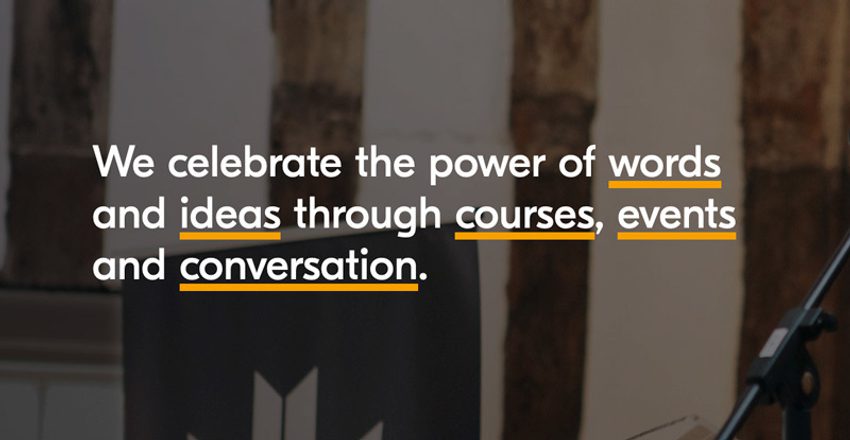
More helpful hints, tips and examples:
Social media
Ahead of the AMA conference, we ran round table discussions with arts marketers from all kinds of organisations. We talked about the challenges with having 'fun' on their websites and social media.
Everyone agreed that social media is a great place to experiment and have fun with language. It's more informal in nature, and has a short shelf-life. Both of which means there’s generally less scrutiny from internal stakeholders.
Here’re some nice approaches we’ve identified:
Make learning fun
The Vagina Museum team does a great job of having fun with language, whilst also achieving the organisational goal of educating the general public about women’s health.
The Crab Museum is another nice example of educating via a bit (a lot) of fun. It's probably fair to say that their award-winning social media style is pretty extreme:
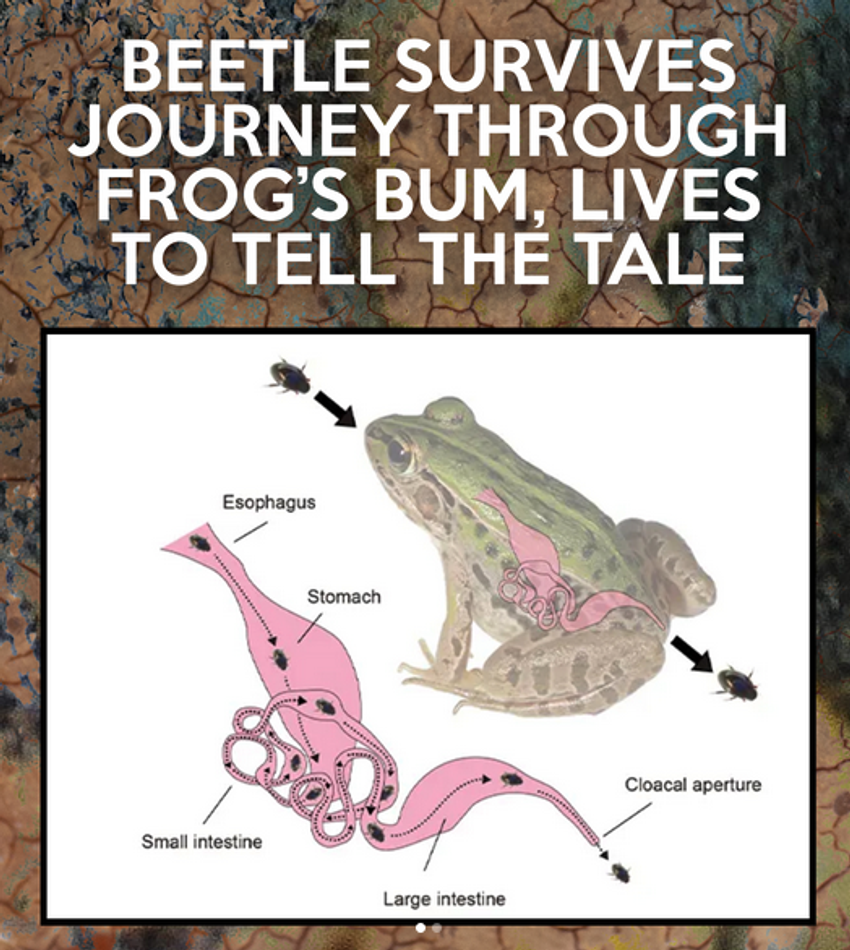
"If you know anything about the museum you should be aware that we’re quite into bums and poo."
The Crab Museum – on Instagram
Jump on a trend
A good opportunity to experiment with language is to link your social media posts to something people are already talking about. Go where the people are!
- Perhaps by promoting your season as lyrics from Taylor Swifts’ album, 'Midnights' – great work, National Theatre Scotland.
- Or highlighting items in your collection through the eyes of a missing Barbie doll, during Barbiemania – nice one, Wakefield Museums & Castles.
But remember: If you’re jumping on a trend, you've got to be quick!
Say what you see
With the right pitch and tone of voice, simple, straightforward observation can be a winner. Still the strongest example of this is Adam Kozary's legendary tweet for The MERL.
Just a few words – "Look at this absolute unit" – alongside an image of a big sheep achieved worldwide fame, and even a spin-off into merchandise and venue signage:
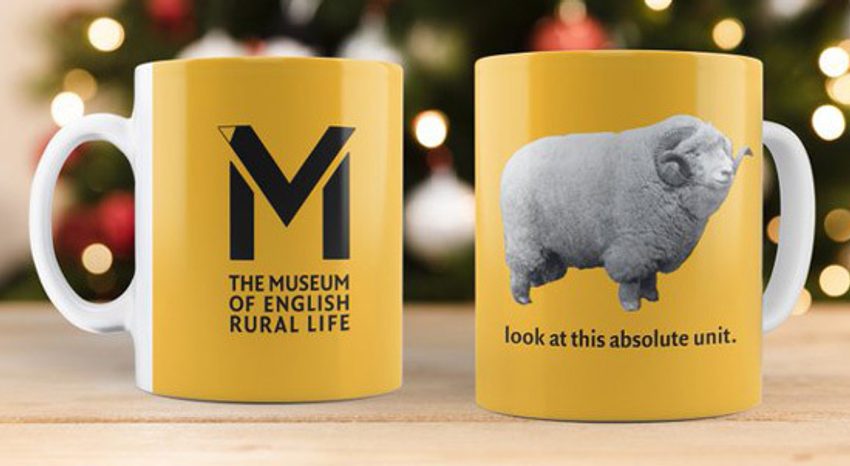

Whilst these examples all have different styles and tones of voice – and each pushes 'fun' to differing levels – they do have two things in common:
- They come across as warm and conversational – you can imagine a human saying them
- They're immediate – easy to 'get', thanks to simple, clear, understandable language
Quick-fire content and quizzes
Quick-fire content doesn’t have to be limited to social media platforms. Bristol Old Vic’s ace series, Donation of the Month, takes items that have been donated to the venue, and gives them Top Trumps-style ratings. Now we’re just waiting for the card game …
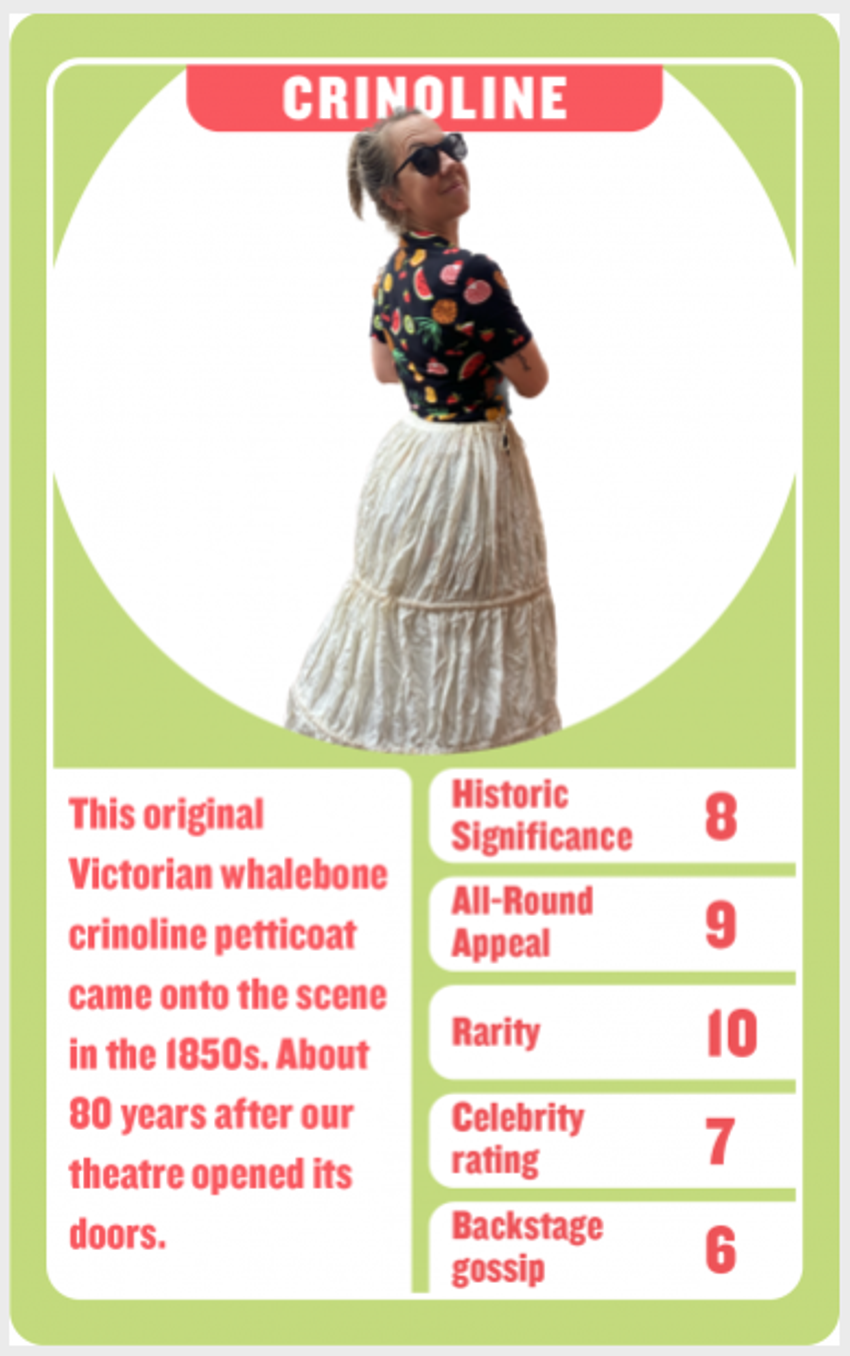
Quizzes are a great way to get engagement on your website, and be informal with your audience. One of our favourites is the Natural History Museum quiz, Which Dinosaur Are You?
Which begs the question; which dinosaurs are we?
Kate is a Plateosaurus – a relative of the Diplodocus, this plant-eater was able to use their 'thumbs' to reach twigs and tree fronds. Highly sociable, they lived in herds.
Katie is an Amargasaurus – an independent plant-eater, they may've used ornamental 'sails' along their spines to 'make a social statement'.
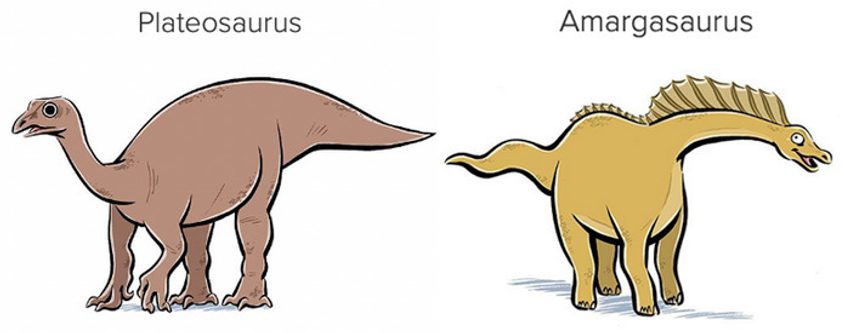
404 pages
If you click on a broken link on a website, chances are you’ll find yourself on the '404 error' page.
Sometimes these can be a bit dry, but sometimes you'll find a gem. We're fans of this one from the Eden Project where you can watch feeding time for the roul-roul partridges:
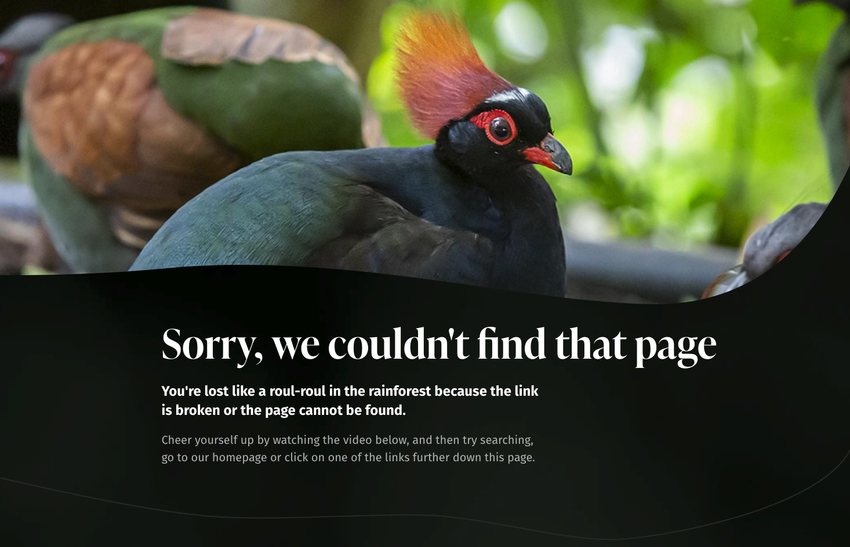
Note of caution:
Being witty with your 404 page can be a nice touch if someone’s just having a general browse, and finds a broken link. But if it’s happened at a point in the user journey where it’s going to frustrate someone, being amusing/cute may backfire and make them more irate. So, proceed with caution and forethought.
Some good rules of thumb (for any 404 page):
- Clearly say 'sorry'
- Explain what may have gone wrong
- Include helpful guidance about what to do next, and/or 'quick links' to most-visited pages
Back to basics
It’s great to have fun with language – showcasing new voices, being playful, and humanising organisations. But the fundamental rules of writing online content still apply – because those moments of joy only work if people are having an easy time using your website.
To end, we’ll go back to basics when it comes to language online:
- Keep it easy to read – stick to talking about one thing at a time, using clear language and short sentences.
- Make sure it’s accessible – will everyone understand this, and is it structured appropriately for assistive devices? (e.g. with appropriate headings and link text)
- Know your audience – thinking about who’ll be reading content as you write it can help keep it warm and conversational.
We’re lucky enough to work in a sector that’s largely about uplifting, joyous experiences that help us all to feel more connected as humans. That informality and emotional connection gives arts and cultural organisations lots of scope to be playful with language.
For you, 'having fun' with copy and content might mean really going for it, and being out-and-out funny. Or perhaps it’s more subtle – nudging the boundaries of what’s been done before, to help showcase your organisation's human side? Either way, hope we've given you some ideas to go and have some fun!
Get more helpful things like this in our "brilliant, informative and entertaining" monthly newsletter – plus invitations to free webinars: